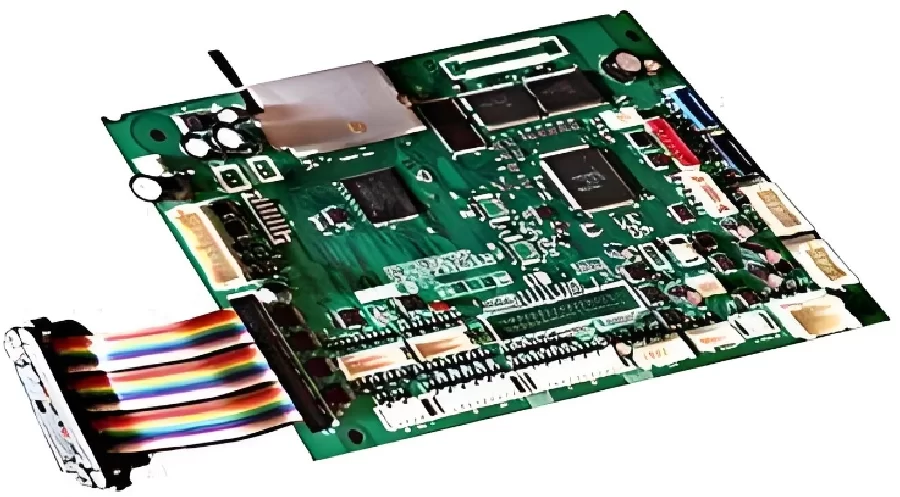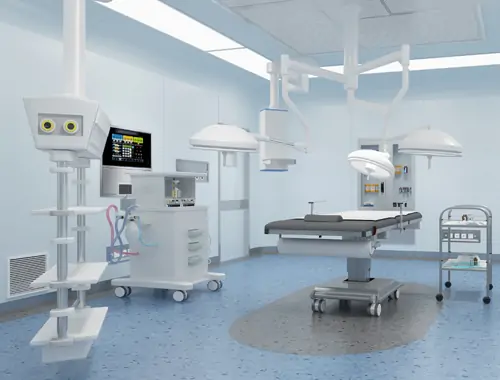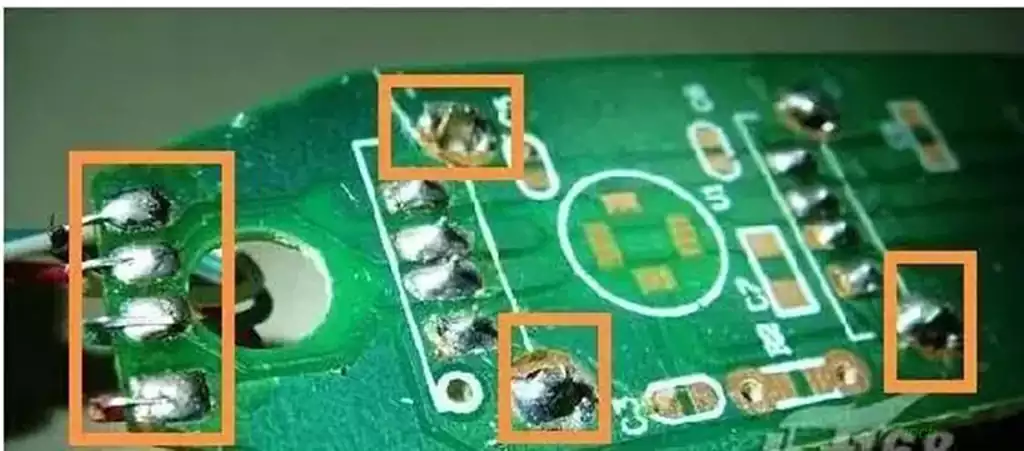Guitar pedals are an essential tool for musicians who seek to shape their sound and add unique effects to their performances. At the heart of these pedals are guitar pedal circuit boards, which form the backbone of the pedal’s ability to modify and enhance the guitar’s signal. The construction, design, and components of these circuit boards are critical in determining the functionality, tonal quality, and reliability of the pedal. In this article, we’ll explore the basics of guitar pedal circuit boards, the types of components used, the different board designs, innovations in the field, and the overall importance of these boards in shaping the sound of electric guitars.

The Basics of Guitar Pedal Circuit Boards
A guitar pedal circuit board is essentially a printed circuit board (PCB) designed to handle and manipulate the electrical signals generated by an electric guitar. The primary function of these circuit boards is to process the incoming guitar signal and output a modified version, depending on the effect the pedal is designed to produce. These effects can range from simple amplification to complex sound modifications such as distortion, delay, reverb, modulation, and pitch shifting.
The basic process begins when the guitarist strikes a note, sending an electrical signal from the guitar into the pedal. This signal passes through the guitar pedal circuit board, where various components such as resistors, capacitors, transistors, and diodes modify the signal. The output signal is then sent to an amplifier or directly to a speaker, producing the final sound that the listener hears. Each pedal has a unique combination of these components arranged in a specific configuration to create a distinctive sound.
Key Components of a Guitar Pedal Circuit Board
A guitar pedal circuit board consists of various key components that play vital roles in shaping the signal and producing the desired sound effect. Each of these components has a specific function and contributes to the overall performance of the pedal:
- Resistors: These limit the flow of electrical current, allowing precise control over the volume and tonal characteristics of the signal. They help prevent distortion and ensure that the signal stays within the desired range.
- Capacitors: These store and release electrical energy and are often used in pedals to control the tone by filtering out certain frequencies. Capacitors can also affect the time-based effects, such as delay and reverb, by influencing how long a signal is sustained.
- Transistors: Transistors are critical for boosting or amplifying the signal. They are found in pedals like overdrive, distortion, and fuzz, where they increase the gain to create a heavier sound.
- Diodes: Diodes control the direction of current flow and are often used in distortion pedals to create clipping, which is responsible for the harsh, gritty sound that distortion pedals produce.
- Operational Amplifiers (Op-Amps): These components boost the signal and are essential in pedals that require clean amplification or intricate signal processing, such as chorus or phaser pedals.
- Potentiometers: These are variable resistors that allow users to adjust the effect’s parameters, such as gain, tone, or delay time. They are commonly used for user interface controls like knobs and sliders.
The selection and arrangement of these components on a guitar pedal circuit board determine the effect’s final output, from smooth overdrive tones to complex digital delays.
Types of Guitar Pedal Circuit Boards
There are several different types of circuit boards used in guitar pedals, each suited to different kinds of effects and designs. Understanding the differences between these types can help musicians and engineers choose the right design for their needs.
- Single-Layer PCBs: This is the simplest form of PCB, with components mounted on one side and conductive traces on the other. Single-layer PCBs are often used in simple pedals that do not require complex signal routing. They are easy to manufacture and generally cost-effective, making them common in entry-level guitar pedals.
- Double-Layer PCBs: These boards have conductive traces on both sides, allowing for more complex designs and a greater number of components. Double-layer boards are more common in mid-range and higher-end pedals that require more advanced circuitry. For example, digital delay pedals often use double-layer PCBs to accommodate the extra components needed for signal processing.
- Multi-Layer PCBs: These consist of three or more layers of conductive material and are typically used in advanced pedals that require extensive routing, such as digital multi-effects units or pedals with programmable features. Multi-layer boards are often found in high-end, professional-grade pedals due to their ability to handle complex signals with minimal interference.
Design Considerations for Guitar Pedal Circuit Boards
Designing a guitar pedal circuit board involves many considerations, from electrical performance to durability. Engineers must strike a balance between creating a compact, user-friendly pedal and ensuring that the board can handle the required electrical currents without overheating or introducing noise.
Signal Integrity: One of the most critical aspects of circuit board design is maintaining signal integrity. Any interference, noise, or signal degradation can negatively affect the sound quality of the pedal. To minimize unwanted noise, designers often employ techniques like grounding, shielding, and using high-quality components.
Heat Management: Guitar pedals, especially those with gain stages like overdrive or distortion, can generate significant heat. Ensuring that the circuit board can dissipate this heat without damaging components is crucial for both performance and longevity. Many pedals include heat sinks or are housed in enclosures that allow for heat dissipation.
Component Placement: Proper placement of components on the board is essential for achieving the desired sound and performance. Even small changes in the layout can impact how the signal travels through the pedal and affect the final tone. For example, the proximity of certain components, like capacitors and transistors, can influence harmonic distortion or tone coloration.
Durability and Form Factor: Musicians frequently use guitar pedals in live performances, which means that durability is a key concern. The circuit board must be robust enough to withstand physical wear and tear, including frequent stomping, moving, and transportation. Engineers also design pedals to be as compact as possible to fit on a pedalboard, balancing space efficiency with functionality.
Innovations in Guitar Pedal Circuit Boards
Over the years, innovations in circuit board design have transformed the capabilities of guitar pedals. One significant development has been the integration of digital signal processing (DSP) alongside traditional analog components. Digital pedals, such as those used for reverb, delay, and multi-effects, offer greater flexibility and precision in sound modification than purely analog designs.
Surface-Mount Technology (SMT): Another innovation is the increased use of surface-mount technology (SMT) for component placement. In SMT designs, components are placed directly on the surface of the PCB rather than through holes, allowing for smaller and more compact pedal designs. This technology is particularly beneficial for pedals that need to fit multiple effects or controls into a single enclosure.
Hybrid Pedals: Many modern pedals now combine both analog and digital elements, allowing for the warmth and organic feel of analog circuits combined with the flexibility and precision of digital controls. For example, a pedal might use an analog signal path for overdrive but employ digital controls for features like tap tempo or presets.
The Importance of Guitar Pedal Circuit Boards in Sound Quality
The quality of a guitar pedal circuit board has a direct impact on the overall sound quality of a pedal. The type of components used, the layout of the circuit, and the board’s design all influence the tonal characteristics of the effect. Even small changes in the circuit board design can result in noticeable differences in tone, making it crucial for pedal manufacturers to focus on every detail.
Additionally, high-quality components can reduce noise, provide cleaner signal paths, and improve the overall durability of the pedal. Musicians who rely on their pedals for professional performances often prefer pedals with well-designed circuit boards that provide consistent, high-quality performance under a variety of conditions.
Understanding the Manufacturing Process of Guitar Pedal Circuit Boards
The manufacturing of guitar pedal circuit boards follows a detailed and intricate process to ensure their performance and durability. The process begins with designing the PCB layout using specialized software, where engineers plan the arrangement of traces and components.
Once the design is finalized, the board is fabricated using materials such as fiberglass or epoxy, coated with a thin layer of copper to create the conductive pathways. These pathways are etched into the board to match the designed traces, creating the circuits that will carry the guitar signal through the pedal.
After etching, the components such as resistors, capacitors, and transistors are placed onto the board either through holes or surface-mount technology (SMT). Advanced pedals may also require the integration of digital processors, microcontrollers, or memory chips, adding another layer of complexity to the design. Finally, the board undergoes thorough testing to ensure it functions correctly and meets the desired specifications.
Conclusion
In conclusion, guitar pedal circuit boards are essential to the function and performance of guitar pedals. From basic resistors and capacitors to advanced digital signal processing chips, the components and design of the circuit board determine how the pedal modifies the guitar signal and what sounds it produces. As technology continues to advance, we can expect even more innovations in the design of these boards, offering musicians greater flexibility, reliability, and tonal options.


